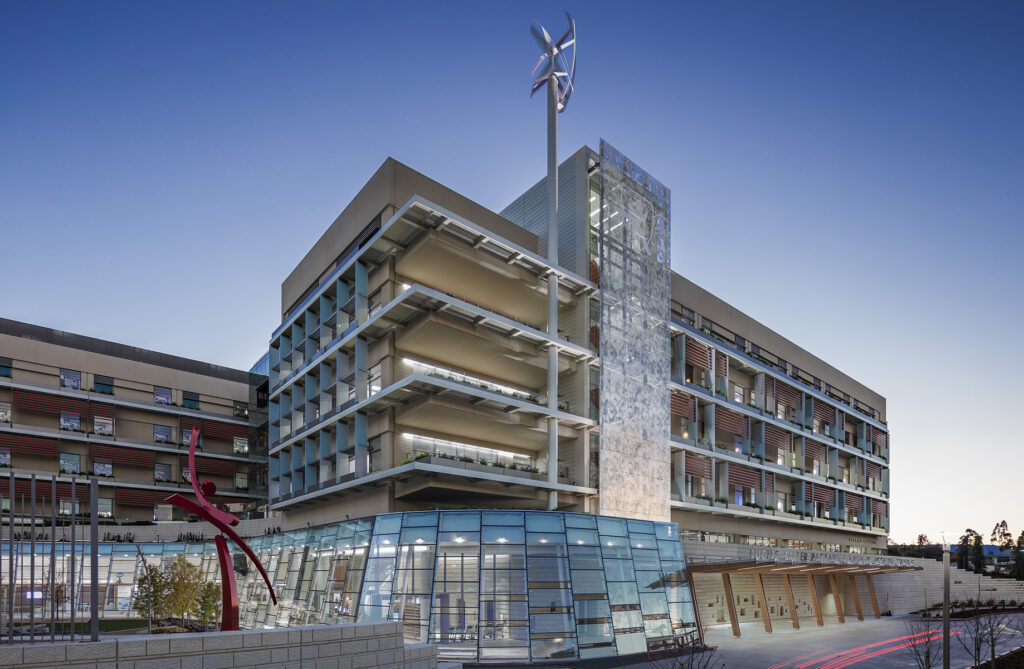In recent years, the facility management (FM) landscape has evolved dramatically, with a growing emphasis on creating environments that prioritize the well-being of occupants. Nowhere is this more critical than in healthcare facilities, where the design of physical spaces can significantly impact patient outcomes, staff efficiency, and overall operational effectiveness. This article delves into how facility management is improving healthcare and senior living facilities through human-centered design, exploring key strategies and benefits.
The Importance of Human-Centered Design in Healthcare
Human-centered design focuses on creating spaces that cater to the needs, preferences, and well-being of the people who use them. In healthcare settings, this approach is crucial as it directly influences patient recovery times, staff productivity, and the overall patient and staff experience. By prioritizing the human element, facilities can foster environments that enhance healing, reduce stress, and improve operational efficiencies.
Creating Healing Environments
A core principle of human-centered design in healthcare is the creation of healing environments. These are spaces specifically designed to promote recovery and well-being through elements like natural light, green spaces, and soothing color palettes. Research has shown that access to natural light can significantly reduce patient stress and improve recovery times. Incorporating green spaces and nature-inspired elements can also have a calming effect, reducing anxiety and improving mood.
For instance, some hospitals are now integrating gardens and green roofs into their designs, offering patients and staff a serene place to relax and recharge. These natural elements not only improve the aesthetic appeal of the facility but also contribute to better mental health outcomes.

Enhancing Patient Comfort and Safety
Patient comfort and safety are paramount in healthcare design. This involves creating spaces that are easy to navigate, comfortable to stay in, and safe to use. One strategy is to design patient rooms that feel more like home and less like clinical environments. This can be achieved by using soft lighting, comfortable furniture, and decor that feels inviting and non-institutional.
Safety can be enhanced through thoughtful design choices such as minimizing the need for patients to move long distances within the facility, reducing the risk of falls and other accidents. For example, decentralized nurse stations allow nurses to stay closer to patients, enabling faster response times and more attentive care.
Supporting Staff Efficiency and Well-being
While patient-focused design is essential, it’s equally important to consider the needs of healthcare staff. High-stress environments and long working hours can lead to burnout, affecting staff performance and patient care quality. Human-centered design addresses this by creating workspaces that support staff efficiency and well-being.
Flexible workspaces, ergonomic furniture, and access to quiet areas for breaks can significantly improve staff morale and productivity. For example, providing dedicated rest areas with comfortable seating and calming decor allows staff to decompress and recharge during their shifts. Additionally, well-designed workstations that minimize physical strain and optimize workflow can enhance staff efficiency and reduce fatigue.

Integrating Technology for Better Care
Advancements in technology play a crucial role in modern healthcare design. Integrating smart systems and IoT devices can streamline operations and improve patient care. For instance, real-time location systems (RTLS) can track the movement of staff and equipment, ensuring that resources are optimally utilized, and patients receive timely care.
Electronic Health Records (EHR) systems integrated into patient rooms allow healthcare providers to access patient information quickly and efficiently, reducing the time spent on administrative tasks. Telemedicine capabilities can also be incorporated into the design, enabling remote consultations and reducing the need for physical visits, which is particularly beneficial in senior living facilities.
Promoting Community and Social Interaction
Human-centered design in healthcare also involves creating spaces that promote social interaction and a sense of community. Social support is a critical component of patient recovery and overall well-being. Designing communal areas such as lounges, dining areas, and recreational spaces encourages patients and residents to interact with each other, reducing feelings of isolation.
In senior living facilities, community-focused design is especially important. Spaces that facilitate social activities and group interactions can significantly enhance the quality of life for residents. For example, multipurpose rooms that can be used for social gatherings, exercise classes, and recreational activities provide opportunities for residents to engage with each other and stay active.

Case Studies: Success Stories in Human-Centered Healthcare Design
Several healthcare facilities have successfully implemented human-centered design principles to create better environments for patients and staff. One notable example is the Lucile Packard Children’s Hospital Stanford, which incorporated extensive natural light, outdoor gardens, and family-friendly spaces into its design. This approach not only improved patient and family satisfaction but also enhanced staff well-being and operational efficiency.
Another example is the University of Pennsylvania’s Pavilion, which emphasizes flexibility and adaptability in its design. The facility features modular rooms that can be easily reconfigured to meet changing needs, as well as advanced technology integration to streamline operations and improve patient care.
Conclusion
Human-centered design is transforming healthcare facilities by creating environments that prioritize the well-being of patients, staff, and visitors. By focusing on elements such as natural light, safety, staff efficiency, and social interaction, facility managers can design spaces that enhance healing, reduce stress, and improve overall operational effectiveness. As the healthcare industry continues to evolve, embracing human-centered design principles will be crucial in creating facilities that are not only functional but also nurturing and supportive for everyone who uses them.
By integrating these design principles, healthcare and senior living facilities can better meet the needs of their occupants, leading to improved outcomes and a higher quality of care.

